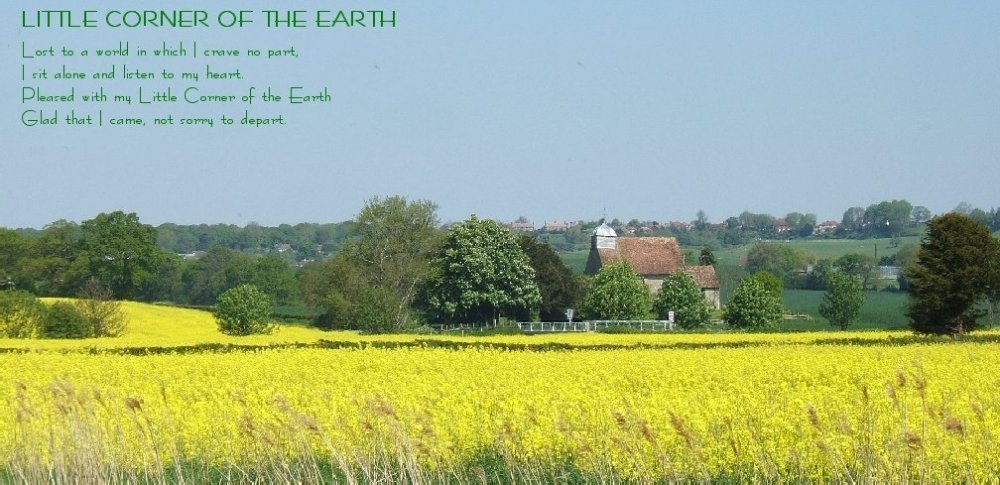(click any picture to enlarge)
The Romans built a road from their port/fort near Hythe to Ashford where it met their road from the Wealden ironworks on its way towards Canterbury. Most of it is still used as an arrow-straight country lane, but it became abandoned near my home and runs under the gardens of the house next door.This road is my route to the village of Aldington
and about once a month my bicycle takes me the 5 miles to a rural gem of a shop by the roadside, both butcher and baker, slaughtering their own meat and baking their own cakes and pastries.

The aim is to take on supplies of their delicious and varied sausages to restock the freezer. (This time I chose pork and apple, pork with stuffing, pork with hops and beef with horseradish).
Ten miles does not constitute a cycle ride however so, saddle bag sausage-laden I continued in the sunshine along Rome's road, passing the historic pub which was the headquarters of notorious smuggling gangs in earlier times. The scene of running battles (and deaths) with "The Revenue" and the "Aldington Gang".

My goal was the village of Lympne (pronounced "Limm").

My goal was the village of Lympne (pronounced "Limm").

Its name a corruption of the Roman name for their fort and port, "Portus Lemanis". Itself named after the defunct river estuary of the River Limen.
A winding path takes me to the escarpment overlooking a panorama of Romney Marsh. Time for a coffee break and the puff-pastry pecan plait (how's that for alliteration?) picked up with the sausages.

Below me are the remains of an outpost of ancient Rome. The 2nd century "Saxon Shore" fort protecting the harbour of the port and home to part of the Roman-British fleet the "Classis Britannicus". All is now tumbled ruins. Landslip and stone robbing for the nearby mediaeval castle has left but the crumbled stone stumps.

Below me are the remains of an outpost of ancient Rome. The 2nd century "Saxon Shore" fort protecting the harbour of the port and home to part of the Roman-British fleet the "Classis Britannicus". All is now tumbled ruins. Landslip and stone robbing for the nearby mediaeval castle has left but the crumbled stone stumps.

Looking across and beyond one sees a sanitised canal cutting through arable fields towards the seawall in the distance. The canal all that remains of the River Limen, the seawall converting what was a vast tidal bay into modern farmlands. The picture below looks back to the fort . One must imagine the salt waves lapping to the line of trees at the bottom of the escarpment in Roman times. The Castle, built from the Roman stones stands at top right.

However - enough of musing on history and Kipling's "Salt marsh where now is corn" . The coffee is drunk, the pastry eaten. The way beckons.

However - enough of musing on history and Kipling's "Salt marsh where now is corn" . The coffee is drunk, the pastry eaten. The way beckons.
Sausages were on the menu that evening.



